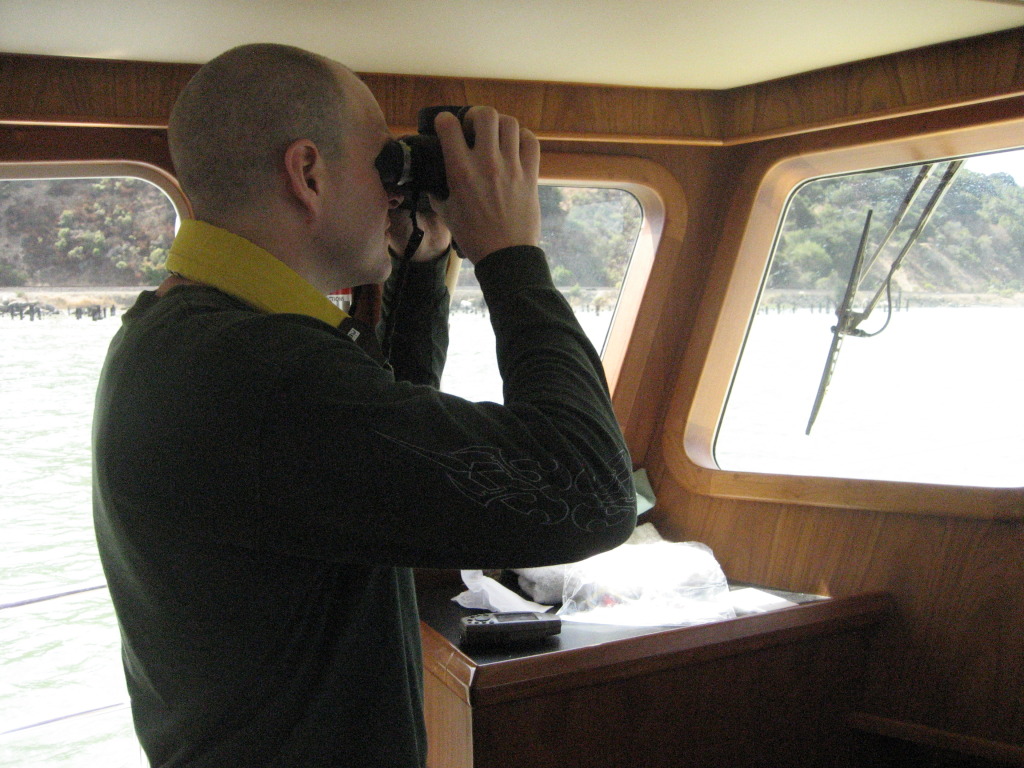Edelweiss
Guru
Tell me about it. . . We were crossing over the Cascade Mtns at Stampede Pass a few weeks ago and had a little red Champ pop up through a thin overcast at our 11 o'clock. At 180 knots we covered that 100 yards in a flash. 


Edelweiss,
It seems pilots have a fondness for Californians.
looking out the windows helps...

Thanks...the real story is that from 0-3000 feet is a free for all...especially around coasts, non-controlled airports, places of interest....etc...

1. Pilots are cheap. Don't know why, but every pilot I know can't pass up a free anything! Californians are also relatively cheap...a good pilot match up!
2. Most Californians have twin engines. Pilots like redundancy.
3. Californians are stout hulls that, with enough power, can be made to plane. Pilots like strong things going fast. (my boat is an exception....but it was cheap!)

I have to admit that I use my plotter and autopilot constantly. I am solo much of the time and it frees me to post a proper watch, navigate and communicate without the drudgery of minding the wheel. With 5 turns lock to lock, that equates to a lot of hand steering in my boat.
For convenience, I have laid out routes to my common destinations. When plotting these routes, I center them in any channels that form a part of the route. I use a Garmin GPSMAP 740S that allows you to select an offset when selecting and following a route. I set the offset according to the width of the channel, and where I would like to be in relation to the center when following the route. I then hand steer the boat (both directions) using the GPS steering mode and make adjustments for any un-charted objects or GPS plotting anomalies.
Next, I engage the autopilot, a Simrad AP20 with latest firmware, upgraded rate compass and new pump. I again carefully follow the progress and make further adjustments to the route. Cross-track error with the autopilot engaged is typically no more than 30' worst case, normally less than 6' or so. After a few passes, I have a high degree of confidence that I can rely upon these verified routes when the going gets bad.
No matter how convenient this gear is is though, I am always mindful to keep my head on 'full swivel' and look around for other traffic, situations and conditions. The GPS and autopilot while helpful and reliable, are completely blind, and human eyes are the only thing that will prevent them from steering you right into another boat, a freighter, the rocks . . . . . you get it.
Larry
M/V Boomarang
Sound like what a lot of experienced operators do with slight variations.
I also set a very narrow pie wedge guard zone on my RADAR for right in front of me just in case (off set to compensate for COG versus heading)...sometimes buoys are off station or another temp structure that's hard to see may be in my offset and the RADAR warns me a fair bit out.

What class do Ultralights operate in with regards to the FAA Psneed?
Thanks,
Bill

